Oleophobic hydrophobic magnetic sponge selectively soaks up oil, sparing water and wildlife
Green Car Congress
MAY 29, 2020
A Northwestern Engineering-led team has developed a highly porous smart sponge that selectively soaks up oil in water. Currently used solutions include burning the oil, using chemical dispersants to breakdown oil into very small droplets, skimming oil floating on top of water and/or absorbing it with expensive, unrecyclable sorbents.

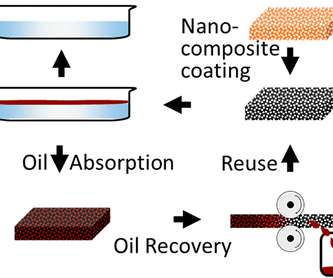










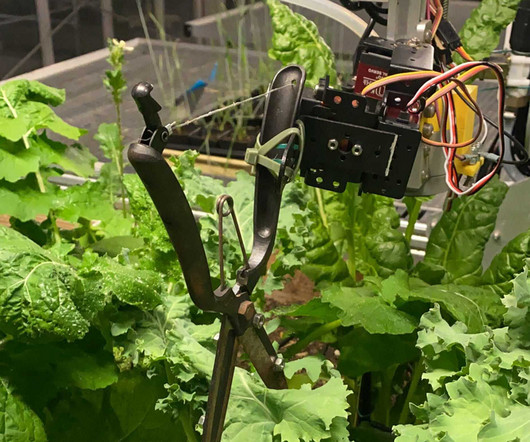



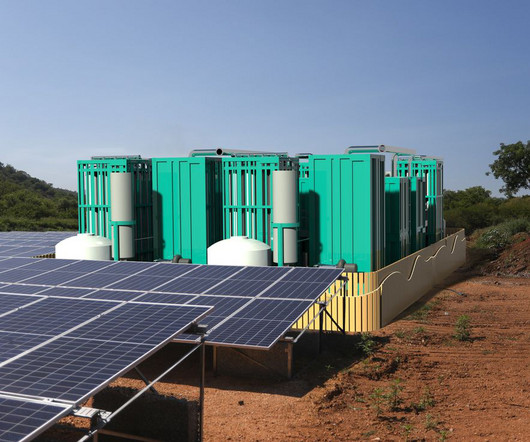
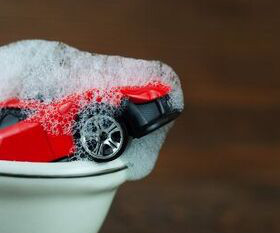



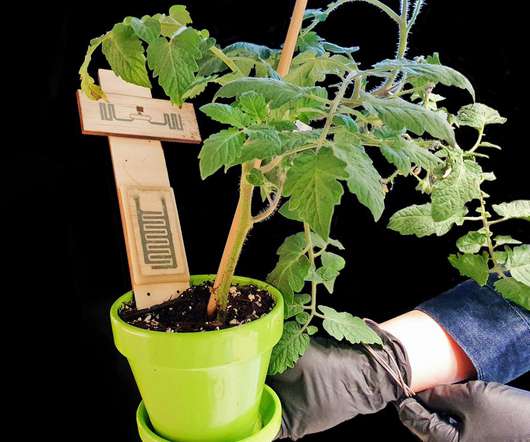



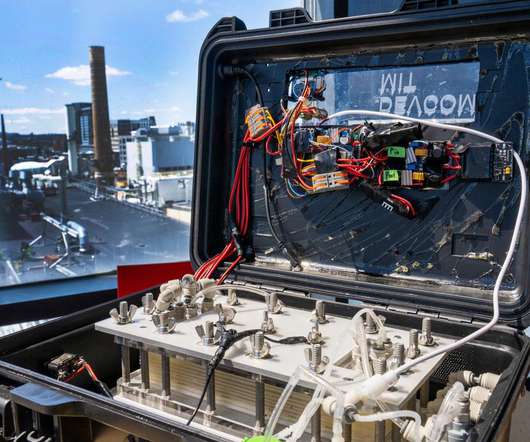
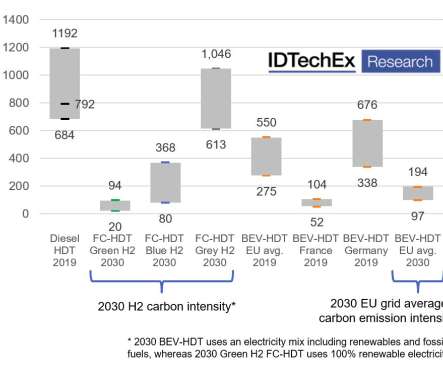







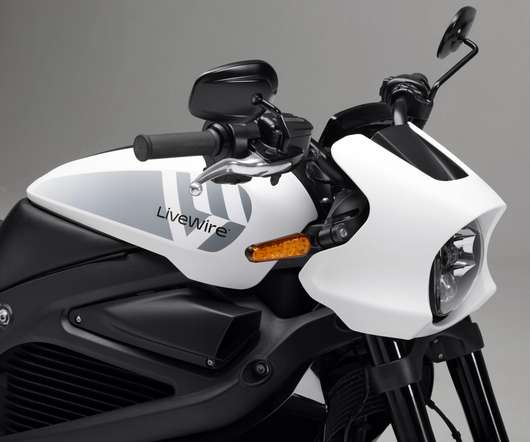

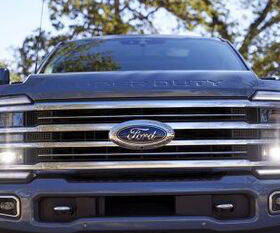






Let's personalize your content